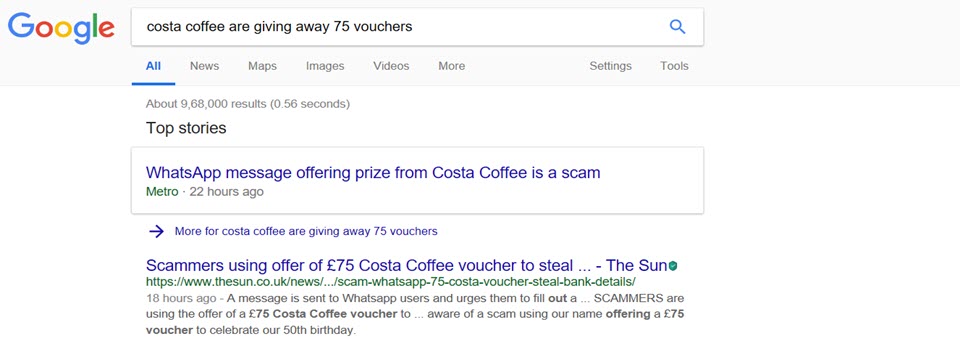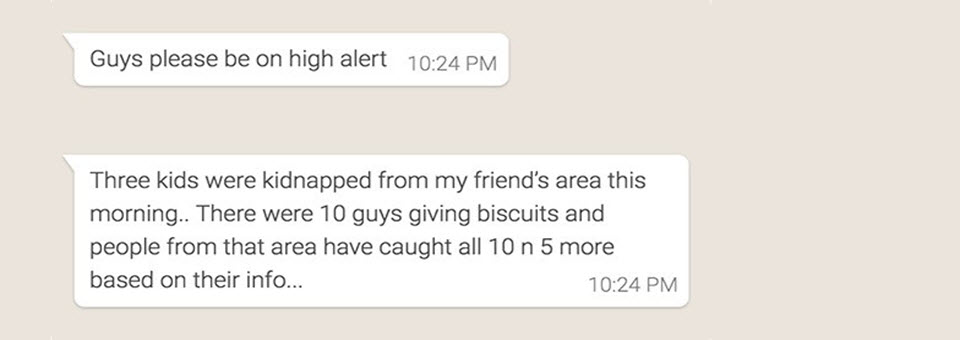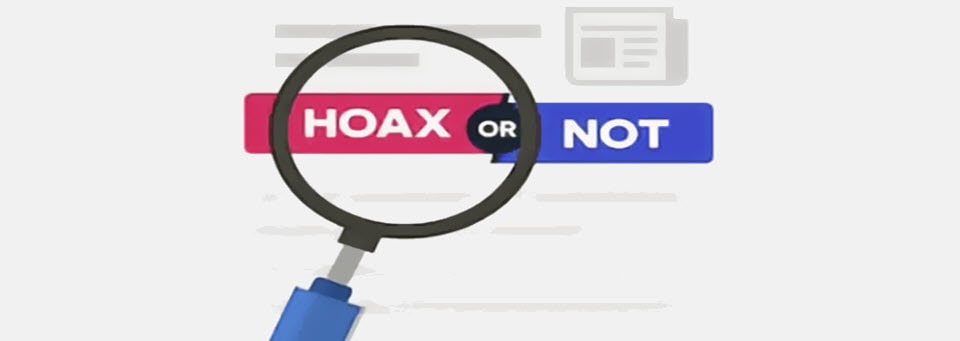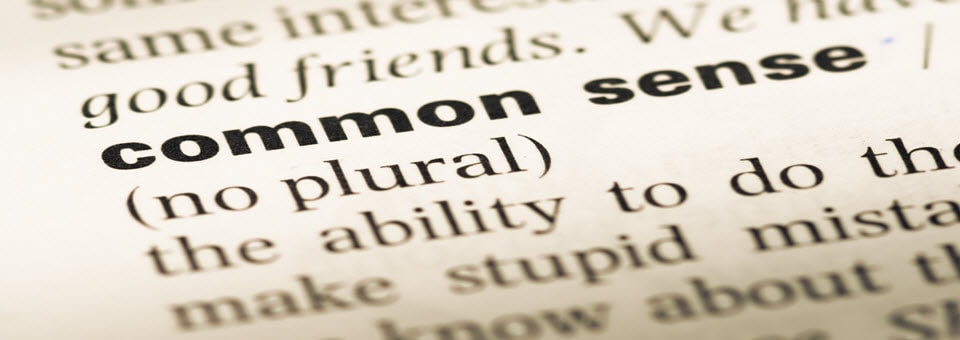- According to research by the University of Warwick, 40% of fake information cannot be spotted by average educated adults.
- Real news and information are gradually getting buried in an avalanche of false news and videos.
- A large number of fake WhatsApp forwards are spreading like wildfire. Are you also sharing fake WhatsApp messages without knowing it?
8 Simple Tips To Check If A WhatsApp Forward Is Real Or Fake
First, forwarded messages are not all bad. Some are genuinely good, others less so. A considerable number of WhatsApp forwards are full of rumors and misleading information!
With billions of people now using WhatsApp, false messages and videos can instantly go viral, creating mass hysteria and stirring up tensions.
Clearly, the need of the hour is to spot the fake messages and flag them.
Here are few tips to check the authenticity of messages forwarded in WhatsApp.
1. Look for the ‘Forwarded’ label.

- Whenever you receive a message from someone, check for the ‘Forwarded’ label at the top.
- If the label is present, it means the message was not composed by the sender himself but by someone else.
- The ‘Forwarded’ label should serve as an important indicator for you to think twice before forwarding such messages. 78% of WhatsApp Forwards are known to contain rumors and false information.
- This feature is only available in a few countries for now and is likely to be introduced in other countries.







